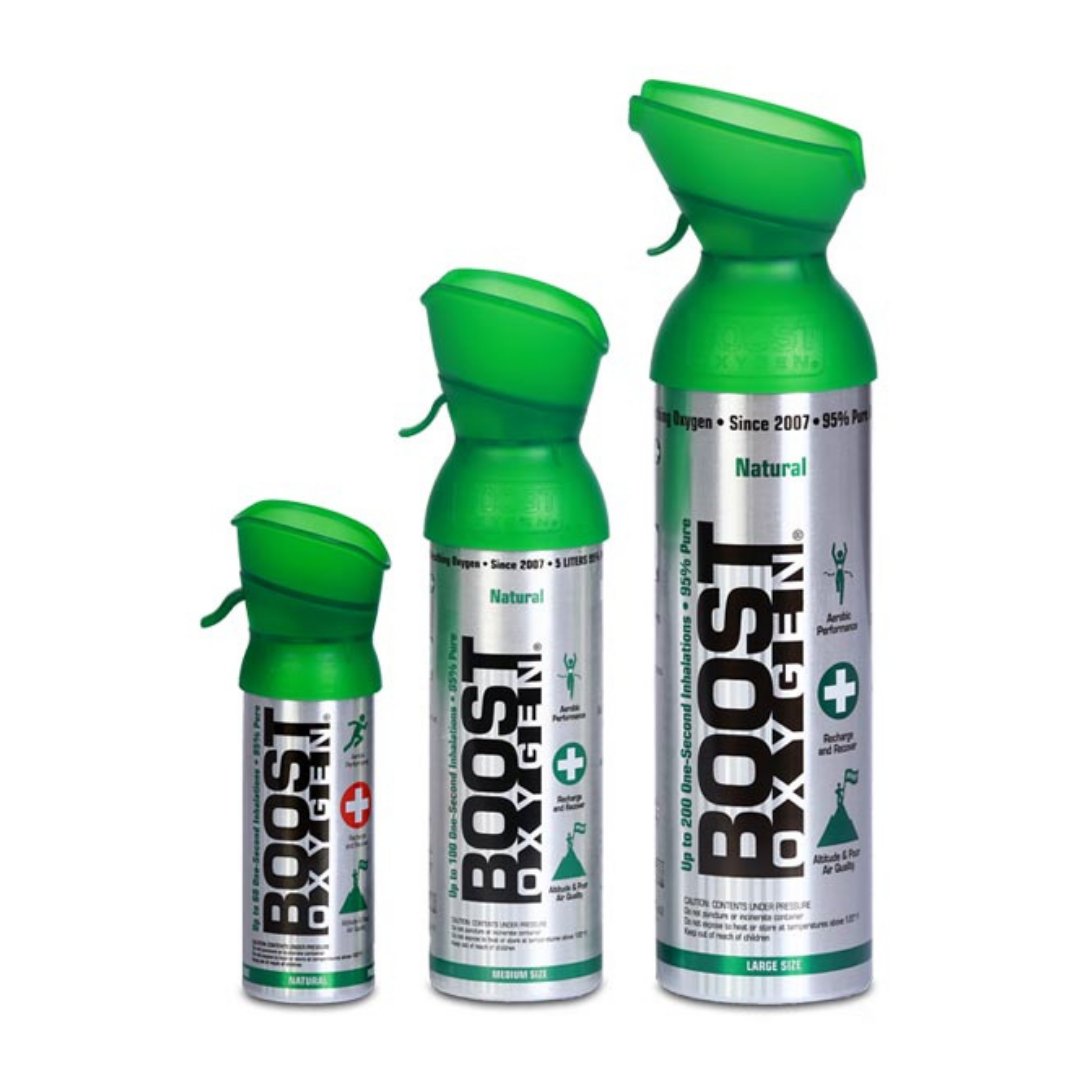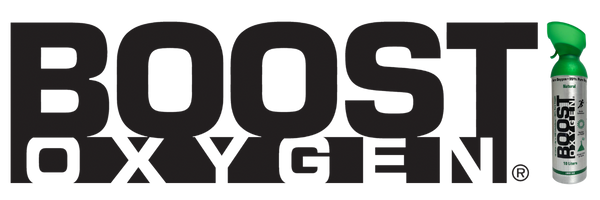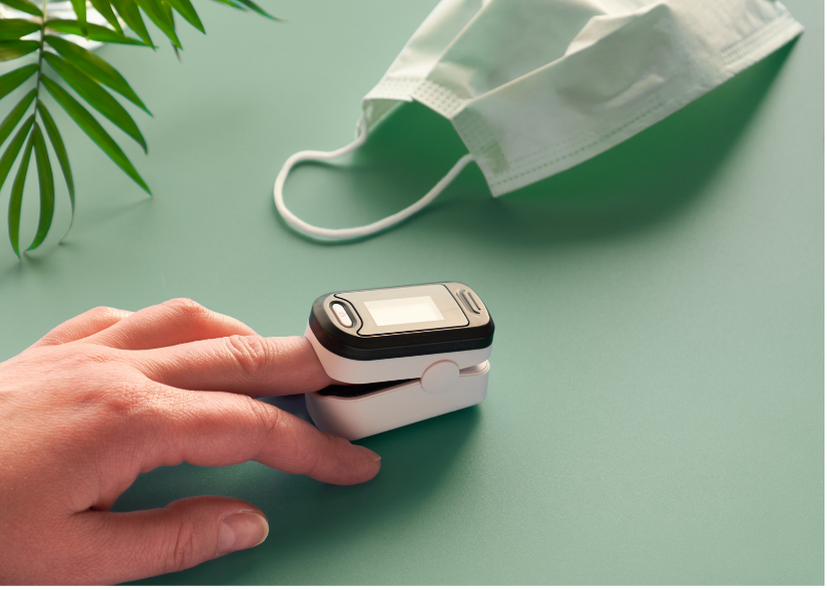What are the signs that someone has low oxygen levels and needs supplemental oxygen? When you aren’t getting enough oxygen, you could experience shortness of breath, increased heart rate, coughing, tiredness or lethargy, wheezing, sweating or headaches. Is there a way to measure your oxygen levels? Yes, we also explain what a "pulse oximeter "is and how it can measure oxygen levels in your body.
- If you’re experiencing any of these symptoms in your normal, everyday activities (outside of working out or sports), you should contact your doctor for advice. It might be a sign that you need supplemental oxygen.
- Low oxygen levels, also known as “hypoxia”, means the body has trouble delivering oxygen to all of its cells, tissues and organs.
- The ways to measure oxygen levels include a blood test or with a device called a “pulse oximeter”.
- What is a normal oxygen level? Normal arterial oxygen is approximately 80 to 100 millimeters of mercury (mm Hg). Values under 75 mm Hg usually indicate the need for supplemental oxygen.
- People that require supplemental oxygen may need it on a short-term or long-term basis. Oxygen therapy can be administered in a hospital, medical facility or at home.
The Symptoms Of Low Oxygen Levels
Many of us have experienced shortness of breath, rapid breathing and increased heart rate playing sports or working out. This is your body’s way of replenishing oxygen levels in your blood. You may also experience these symptoms at higher altitudes, where oxygen levels are sometimes lower than at sea level. Tiredness, lethargy or headaches are common after a night of partying or drinking, resulting in a hangover. Research has shown that supplemental oxygen can help relieve the effects of a hangover. However, if you are experiencing any of these symptoms outside of your usual daily activities, you should consult with your doctor as it may be a sign of a medical issue.
Medical Issues That May Require Supplemental Oxygen
Supplemental oxygen (sometimes referred to as “Oxygen Therapy”) may be prescribed to people who can’t get enough oxygen due to a medical issue. These can include those with COPD (chronic obstructive pulmonary disease), asthma, pneumonia, cystic fibrosis, heart failure, lung disease or sleep apnea.
How To Measure Low Oxygen Levels

A doctor or medical professional can measure your oxygen level with a blood test called an arterial blood gas, or ABG test. However, an easier way to measure your oxygen level at home is with a device called a Pulse Oximeter (pictured). A Pulse Oximeter is a small device that clips onto a finger, ear or toe that can measure oxygen levels using light absorption with your pulse. While the Pulse Oximeter is easier to use, it isn’t always as precise as a blood test for a variety of reasons.
Also, since the Coronavirus pandemic there have been reports of people using online "Oximeter Apps" on phones to measure their oxygen levels. DO NOT use Pulse Oximeter apps on your phone, as they can be very inaccurate!
What Is A Normal Oxygen Level?
The definition of a “normal” oxygen level can vary from person to person. Normal oxygen levels are considered 80 to 100 millimeters of mercury (mm Hg). Values under 75 mm Hg usually indicate the need for supplemental oxygen. Normal Pulse Oximeter readings usually range from 95 to 100 percent. Values under 90 percent are considered low." You may be concerned that our oxygen is measured with mercury levels, but don’t worry, mercury is naturally occurring in the human body. Too much mercury in your body can be a problem.
How To Treat Low Oxygen Levels
If you need long-term supplemental oxygen therapy, a doctor or medical professional might administer oxygen at a hospital or prescribe you an oxygen delivery device to use in your home. These can include oxygen tanks, oxygen concentrators, humidifiers or other devices. You can learn more about these treatments and devices at the links at the end of this article. On the other hand, healthy people can also enjoy the benefits of supplemental oxygen. Boost Oxygen is intended for healthy people and not intended to treat or cure any medical issue. It can assist with shortness of breath and hypoxia, the symptoms of altitude sickness, aid in performance for athletes, or help with poor air quality. People who have reported enjoying Boost Oxygen include hikers, climbers, skiers, snowboarders, runners, students and seniors.
We encourage readers to visit these links from the American Lung Association to learn more about supplemental oxygen and oxygen levels:
What is a pulse oximeter? | How can oxygen help me? | Oxygen delivery and devices
Watch this short video below explaining the symptoms of low oxygen levels:
Watch this short video of Boost Oxygen CEO Rob Neuner using an oximeter at altitude to show the effects of using Boost Oxygen:



